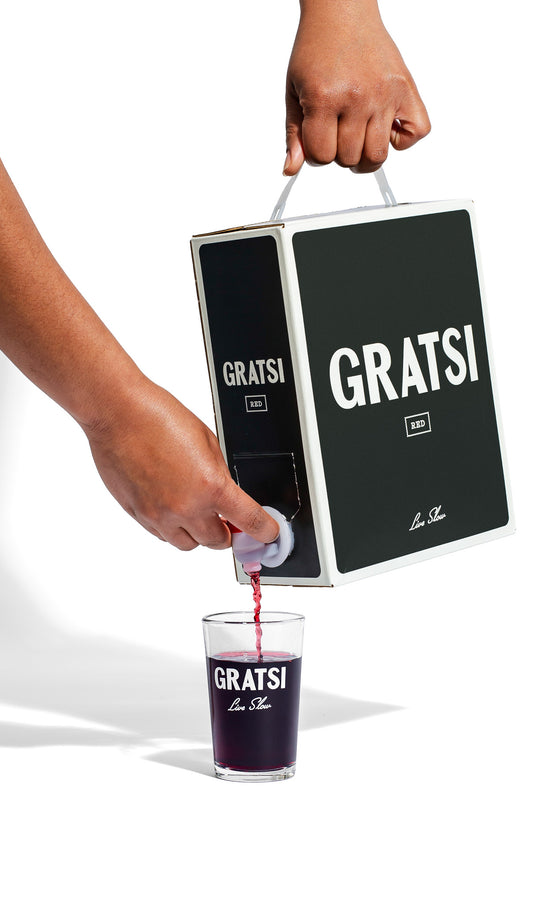The Passeggiata

7 o’clock Evening Stroll
The Passeggiata
By Antonia Fest
April 03, 2023
The passeggiata is an aimless amble and a chance for friends, families, and lovers of all ages to breathe in the same air momentarily.
At about 7 o’clock in the evening on a balmy September day last year, I found myself in the small town of Bagheria. While just a stone’s throw away from Palermo, Sicily’s capital, Bagheria is somewhat off-the-beaten-track. Those who do visit it will find endless marvels from the Villa Palagonia (also known as the Villa of Monsters for the array of grotesque statues around the property’s perimeters) to works by one of Sicily’s finest painters, Renato Guttuso. Beyond these extraordinary sights, visitors will also experience a side of Italy at its most authentic. As I wandered around Bagheria on that late summer evening, I found myself in the midst of a tradition quite unique to Italy; the passeggiata.
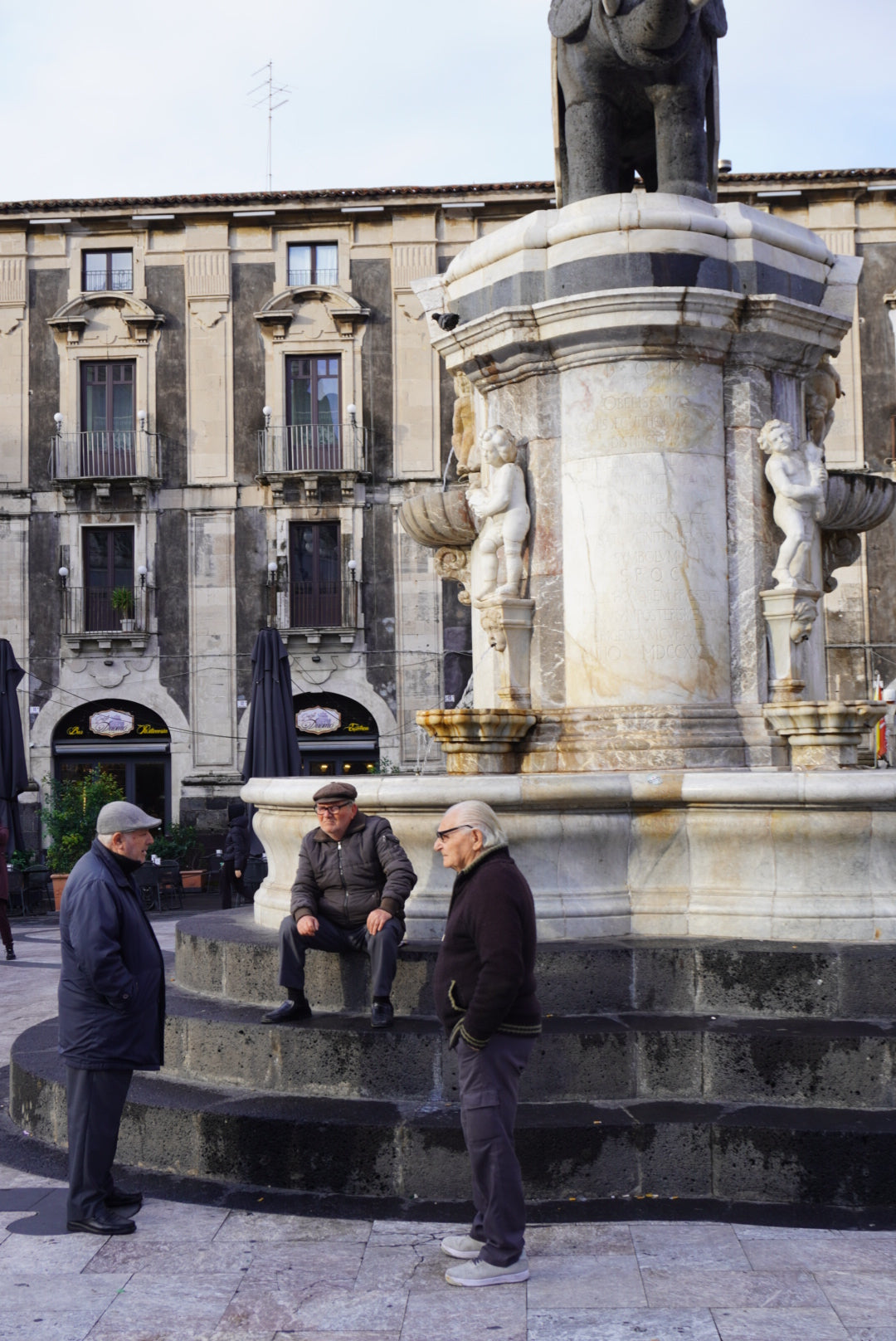
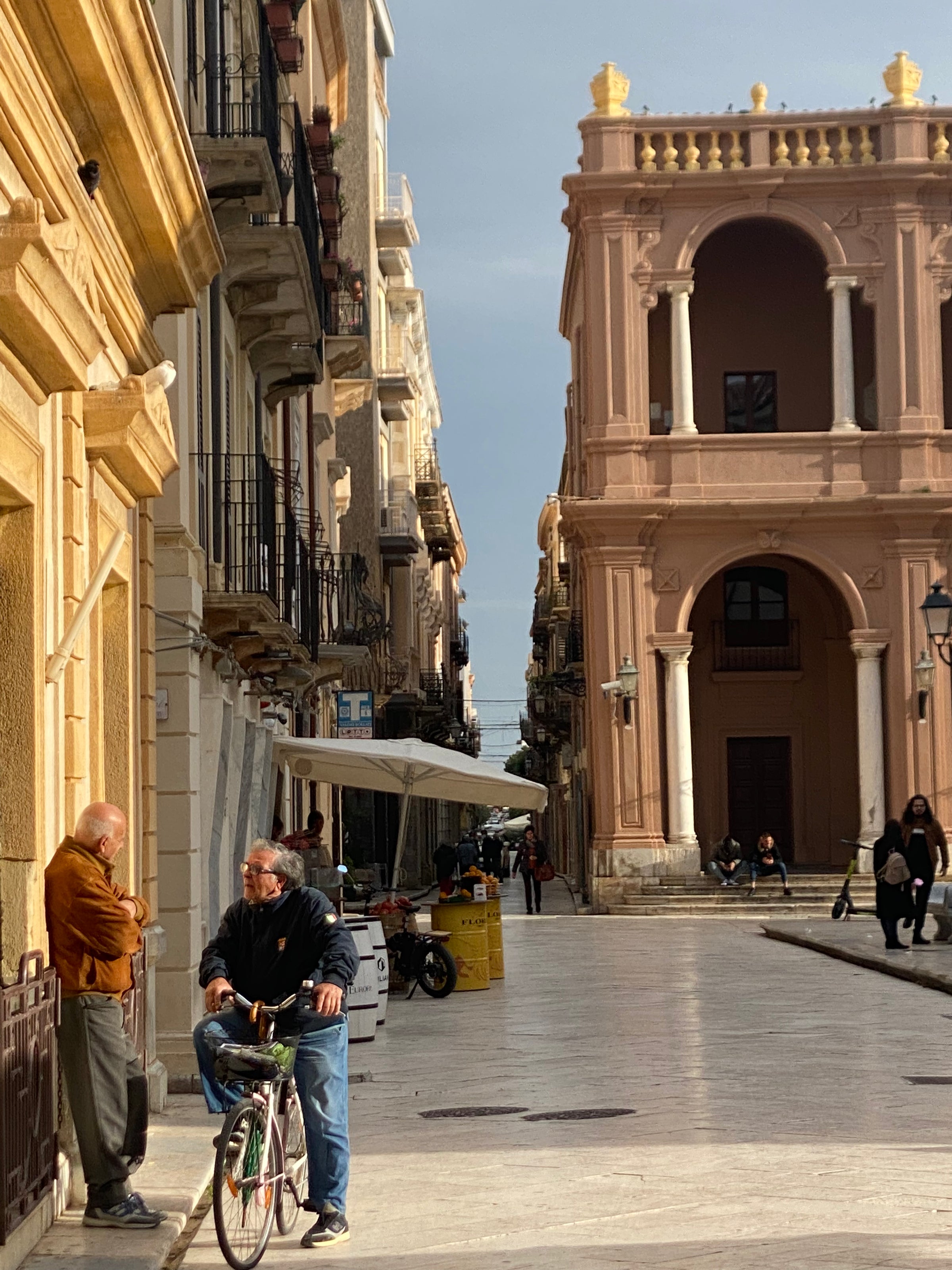
The passeggiata is an Italian ritual that takes place in the large cosmopolitan hubs and the sleepy rural villages throughout the length and breadth of the country. Usually occurring in the pre or post-dinner hours, it is a moment when locals take to their streets and enjoy a leisurely stroll through their pedestrianized town centres or seaside promenades (the lungomare). It is as much a social occasion as it is a physical exertion. Yet there is no rush, no pressure, and, most importantly, no destination. While other cultures walk, hike, rush, run or stride often with a goal or endpoint in mind, in Italy the passeggiata is an aimless amble and a chance for friends, families, and lovers of all ages to breathe in the same air momentarily. In the smaller towns, it holds even more significance because it is likely that citizens will know every face they pass by.
The passeggiata is a popular and nationwide activity for many reasons. For one, the spectacle of Italian street life forever remains a visual feast. Walking down any road in Italy, you see displays of simple yet charmed existences, which even locals will marvel at. The journalist Luigi Barzini paints an evocative picture of the theatricality of daily life in Italy, which can be observed during any given passeggiata:
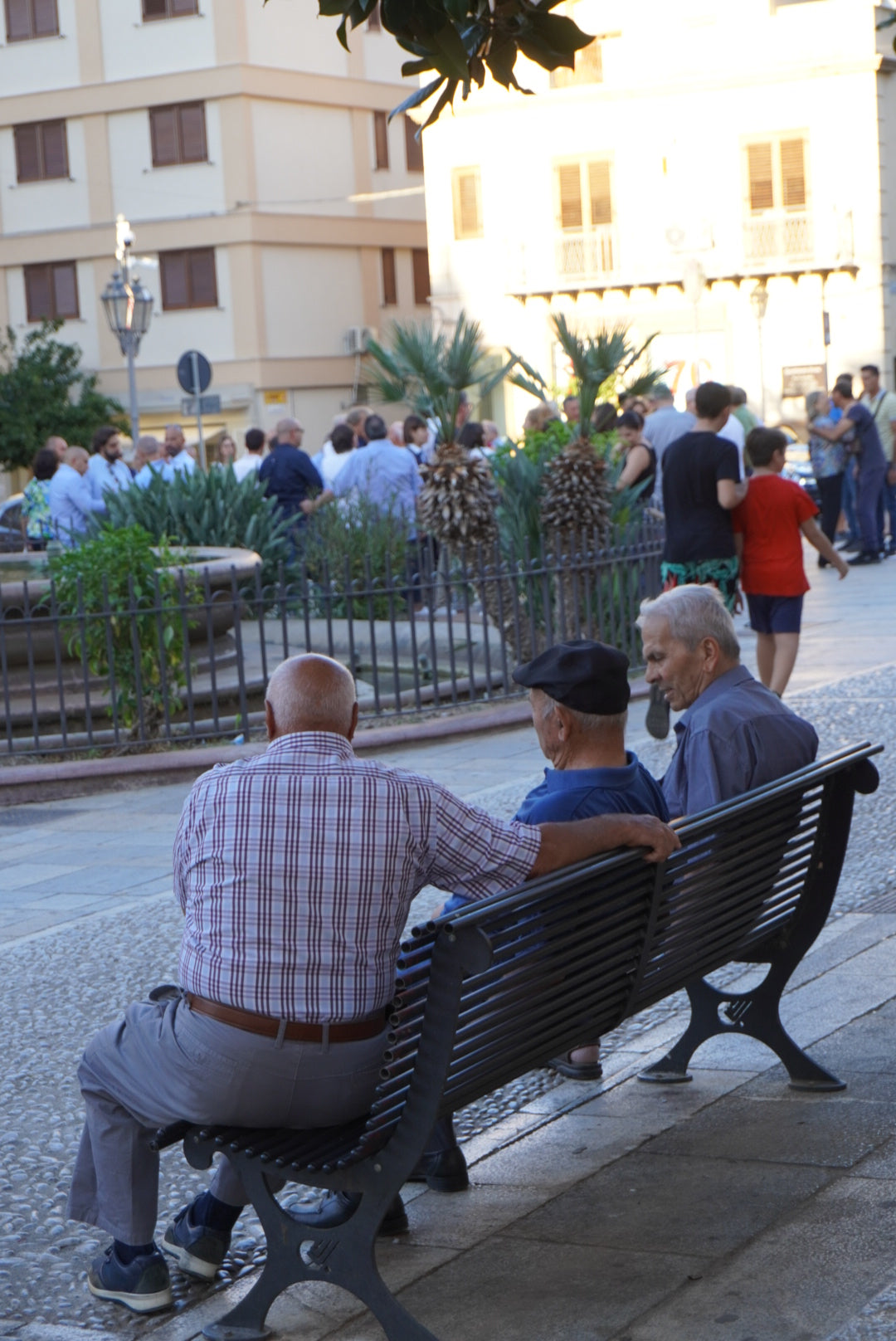

‘Craftsmen carry on their work in the open air, in front of their shops, and sing or chat with passing friends…A waiter changes tablecloths and snaps each in turn in the sunshine with a twist of his wrists. Sometimes a religious procession goes by…Carts, shop windows and stalls are loaded with vegetables, flowers, fruits, toys, clothes, shoes and fishes in the colorful confusion and disarray of gifts pouring out of cornucopia.’
Barzini wrote this in the early 1960s, but his observations still ring true today. As I partook in the passeggiata with the citizens of Bagheria, I tried to observe life just as Barzini had done 60 years ago.
I saw a fruit vendor selling his jewel-like ingredients from the back of a small truck and waving with one hand to passing pals whilst handing oranges to customers with the other; there was a group of elderly men taking a joint pitstop on some benches in the main piazza, their usual gathering place for chit chat and people watching; there were young couples walking hand in hand whilst the setting sun streaked their enamored faces with golden light; I saw an old woman pause outside a butcher’s shop to catch up with her friend behind the counter who was slicing a fresh cut of meat in an immaculate white apron; suddenly a steel band appeared and little boys holding big drums filled the streets with rhythmic banging. All the while, the main street (the corso) of Bagheria was filled with others enjoying their evening passeggiata, taking in their colorful world with relaxed amusement.
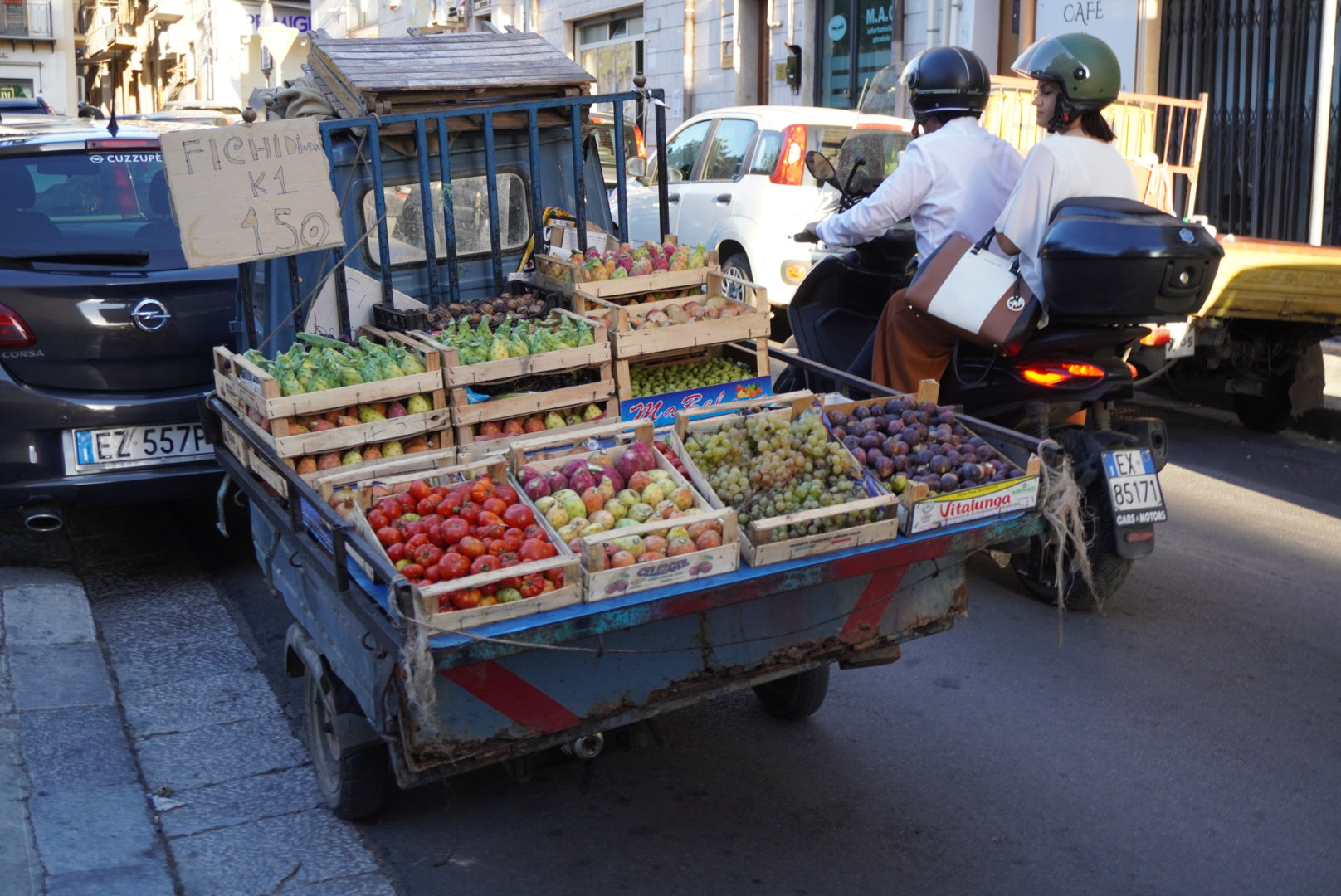

Beyond the visual delights that the passeggiata brings, this gentle stroll is also a moment of social interaction in the Italian’s day. Furthermore, it is an act of public display, and the concept of ‘fare una bella figura’ (to cut a good figure) has manifested in dressing up and looking good for a walk down the streets. While the passeggiata is indeed leisurely and pleasurable, it is also imbued with deeper notions of critical observation. The passeggiata is a time for intense people-watching, which by default means people will intensely watch you. In many ways, it is considered a ‘cultural performance’ which corresponds with the theatricality of the Italian every day. Every citizen is both an actor and a member of the audience. They walk the line between spontaneity and self-awareness.
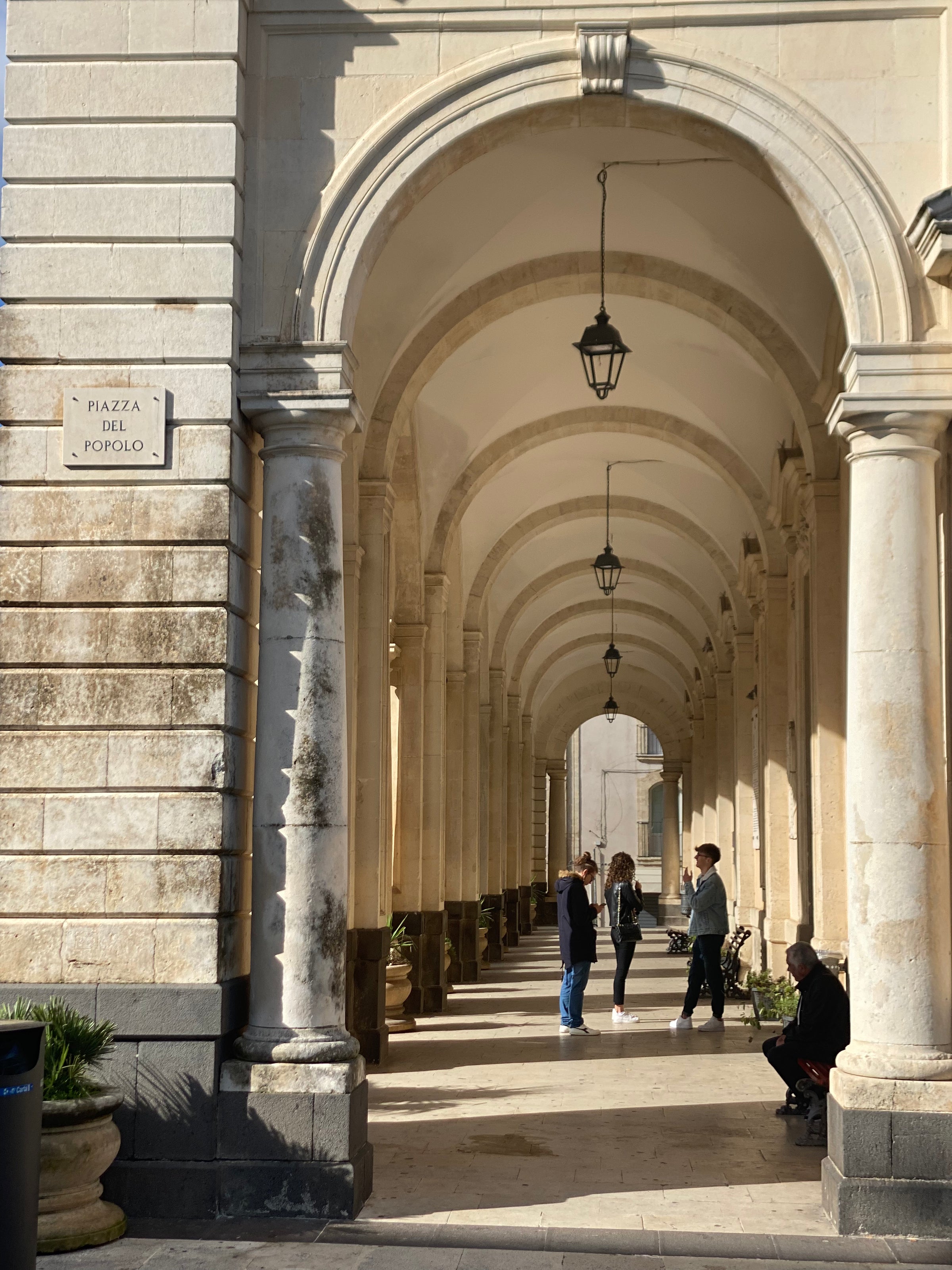

The passeggiata first developed as an occasion for pointed courtship. Young women used walk through their towns at given hours on display to any prospective bachelors who might ask for their hand in marriage if they liked what they saw. While this is now a thankfully outdated form of matchmaking, the idea that the passeggiata is a time to see and be seen has endured. Nonetheless, romantic endeavors arestill born out of this ritual today. Giovanna del Negro, who studied the influence and impact of the Italian passeggiata from a sociological perspective, noted that it is a ‘socially sanctioned opportunity for flirting and courting.’ It plays into this unspoken rule that the passeggiata is a time to present the best version of oneself to potential lovers but also to friends, family, and onlookers.

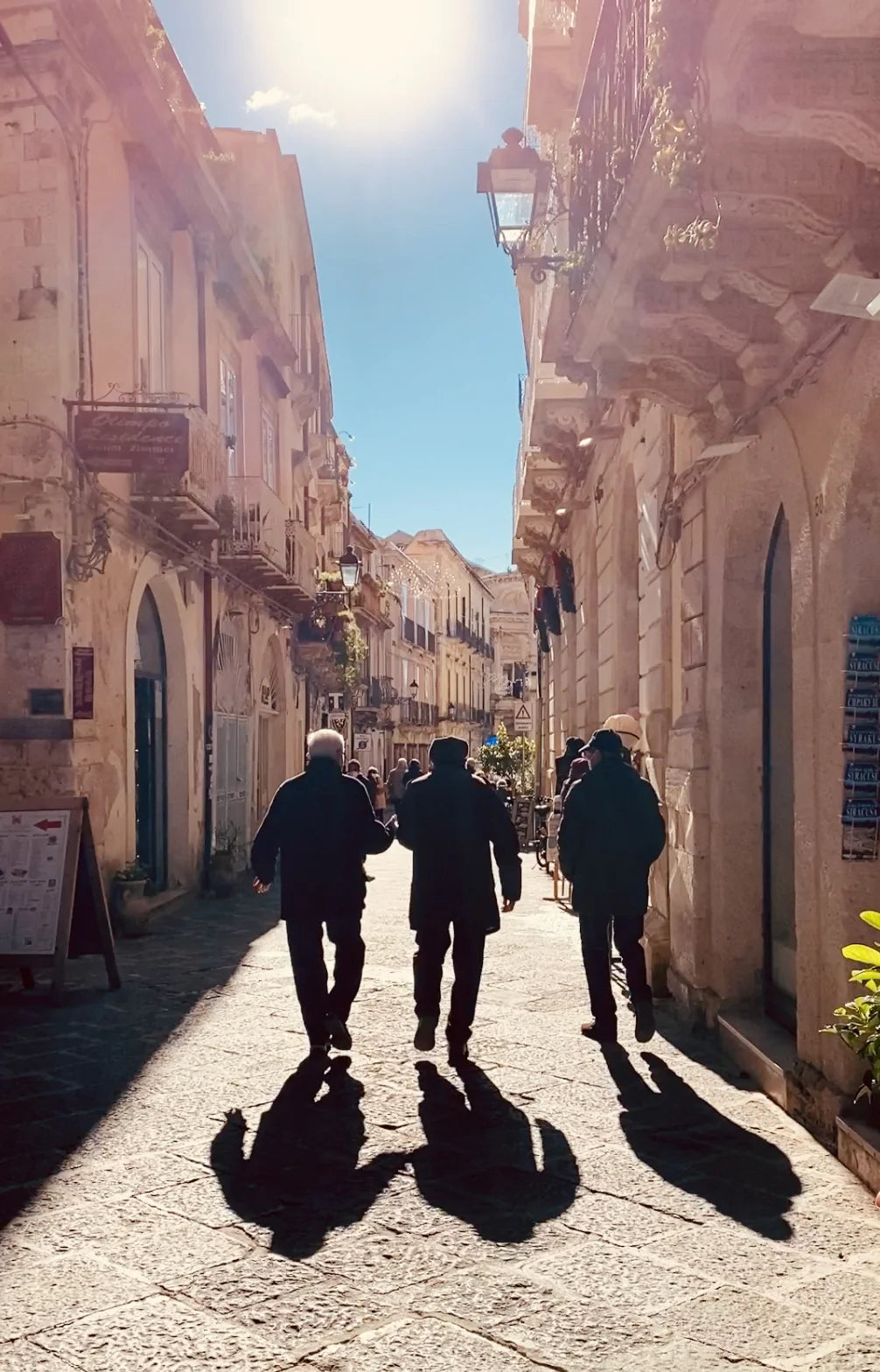
The passeggiata perfectly embodies the art of Italian living; first and foremost, its sheer simplicity is the secret to its endurance. From their food to their culture to their daily chores, the country prides itself in shirking excess. The uncomplicated nature of the passeggiata is the result of its success. Secondly, it also ties into the value of community and quality time, as this daily event reinforces a sense of belonging which is deeply cherished. The social and public dynamic of the passeggiata also epitomizes the importance of dignity for Italians; it is a chance for them to dress up, to show off, and to indulge in the act of parade. Finally, the passeggiata is an unequivocal pleasure, and the Italians are masters at carving out moments of delight throughout their day. My evening in Bagheria was veritable proof that the passeggiata is another facet of Italian culture we should all take note of.



